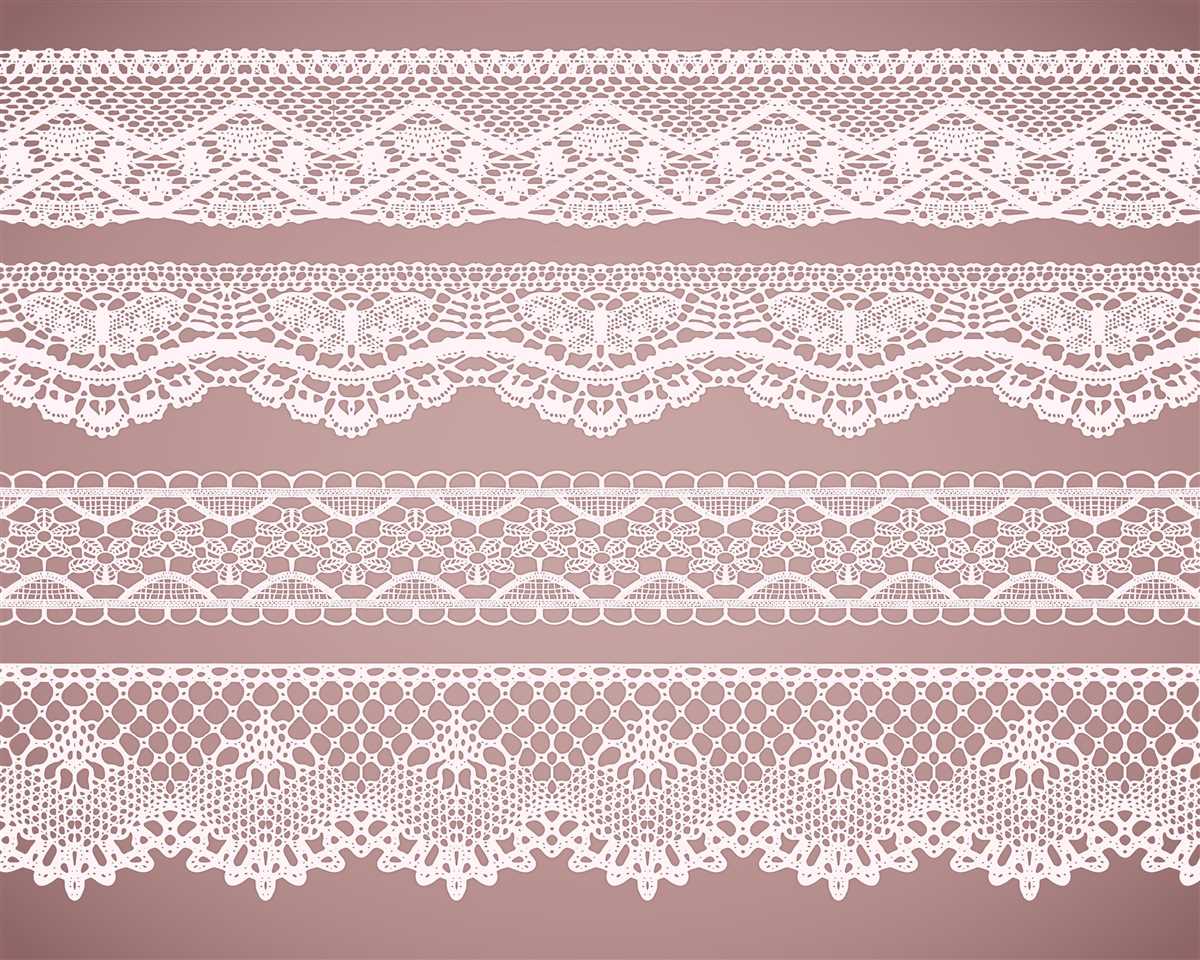
Lace borders are a beautiful addition to any knitted project. They instantly add a touch of elegance and sophistication to scarves, shawls, blankets, and more. Knitted lace borders can be used to finish off the edges of your project, or they can be incorporated directly into the body of your knitting for a stunning all-over lace effect.
If you’re looking for some inspiration for your next knitting project, you’re in luck! In this article, we’ll explore a collection of free knitted lace border patterns that you can easily incorporate into your own designs.
These patterns range in difficulty, from simple and beginner-friendly to more complex and intricate. Whether you’re a seasoned knitter or just starting out, there’s a lace border pattern here for you. And the best part? They’re all free!
So grab your knitting needles and dive into the world of knitted lace borders. With these patterns, you’ll be able to create beautiful, one-of-a-kind pieces that are sure to impress.
Why Knitted Lace Borders Are Popular
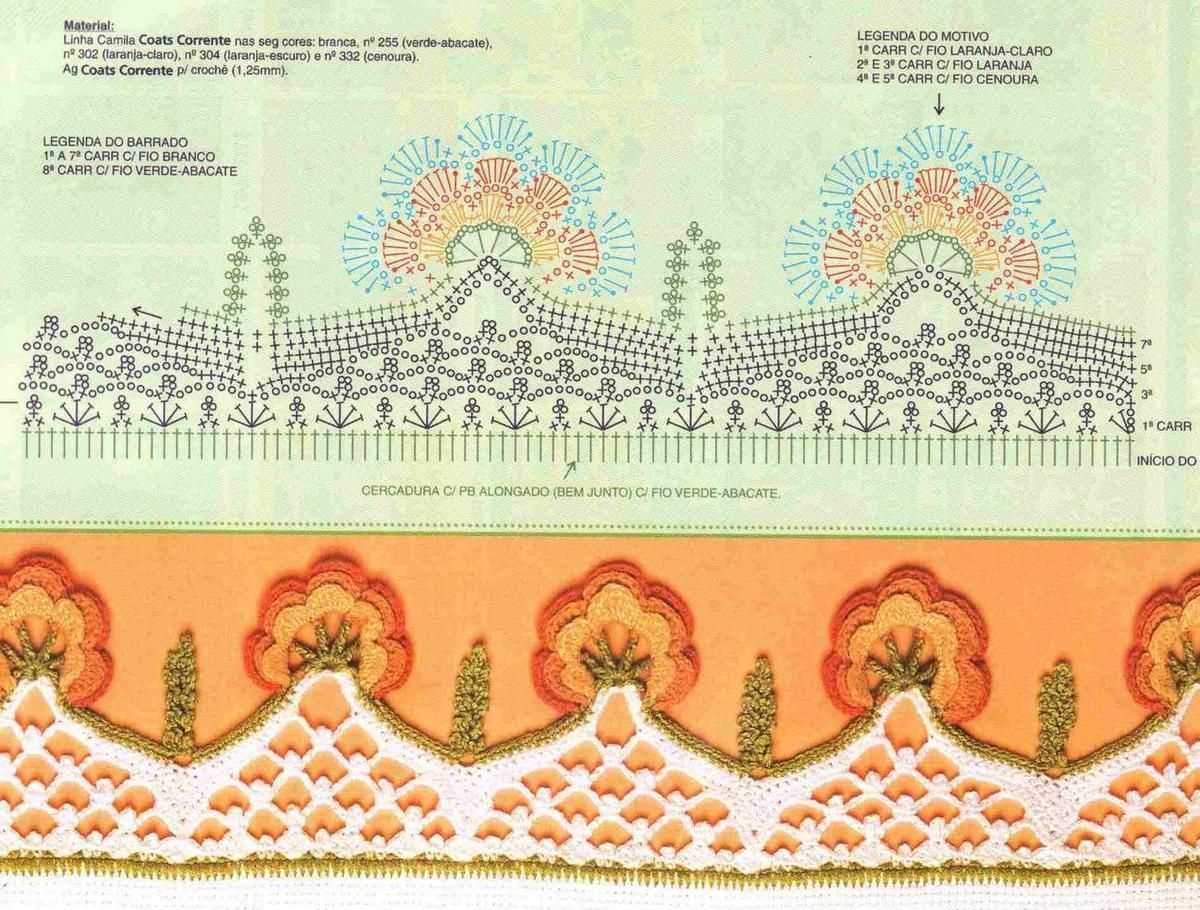
Knitted lace borders have become increasingly popular among knitting enthusiasts for several reasons. Firstly, lace borders add a touch of elegance and delicacy to any knitted project. Whether it’s a scarf, a shawl, or even a garment, the intricate patterns and delicate textures of lace borders instantly elevate the overall aesthetic.
Moreover, knitted lace borders offer countless design possibilities. With a wide variety of stitch patterns and motifs to choose from, knitters can create unique and personalized border designs to suit their own style and preferences. This allows for endless creativity and exploration, making knitting lace borders an exciting and fulfilling endeavor.
Additionally, knitted lace borders can serve both decorative and functional purposes. They can be used to embellish the edges of a garment or accessory, adding a beautiful finishing touch. At the same time, lace borders can also provide additional warmth and insulation, especially when knitted using fine or luxury yarns.
Another reason for the popularity of knitted lace borders is the versatility they offer. They can be worked as separate pieces and attached to any knitted project, or they can be worked directly onto the project itself. This flexibility allows knitters to easily incorporate lace borders into a wide range of projects, from small accessories to larger garments.
In conclusion, the popularity of knitted lace borders can be attributed to their ability to enhance the beauty of knitted projects, their versatility, and the endless design possibilities they offer. Whether you’re a beginner looking for a new knitting challenge or an experienced knitter looking to add a touch of elegance to your creations, knitted lace borders are a perfect choice.
Aesthetic Appeal
Knitted lace borders are not only functional in adding a finishing touch to various projects, but they also bring an aesthetic appeal that enhances the overall appearance. These delicate lace patterns can give a sense of elegance and sophistication to any piece, whether it’s a garment, a tablecloth, or a home decor item.
The intricate details and delicate stitches of knitted lace borders add an element of beauty and charm. The patterns can vary from simple and understated to complex and ornate, allowing for endless possibilities in design. Whether you prefer a classic look or a more modern and trendy style, there are numerous knitted lace border patterns available to suit your aesthetic preferences.
When incorporated into garments, knitted lace borders can transform a plain and simple design into a stunning and eye-catching piece. The delicate and airy nature of lace adds texture and dimension, creating a visual interest that captures attention. Adding a lace border to the edges of a shawl, a scarf, or a cardigan can instantly elevate the entire look and make it more visually appealing.
In home decor, knitted lace borders can be used to accentuate items such as pillows, blankets, or curtains. These intricate patterns can bring a touch of femininity and elegance to any space, creating a cozy and inviting atmosphere. Whether you choose a dainty floral motif or a more geometric design, knitted lace borders can add a unique and personalized touch to your home.
Overall, the aesthetic appeal of knitted lace borders lies in their ability to add a touch of beauty and elegance to various projects. Whether you’re a novice knitter or an experienced one, exploring different lace patterns and incorporating them into your creations can bring a whole new level of aesthetic satisfaction to your knitting journey.
Versatility
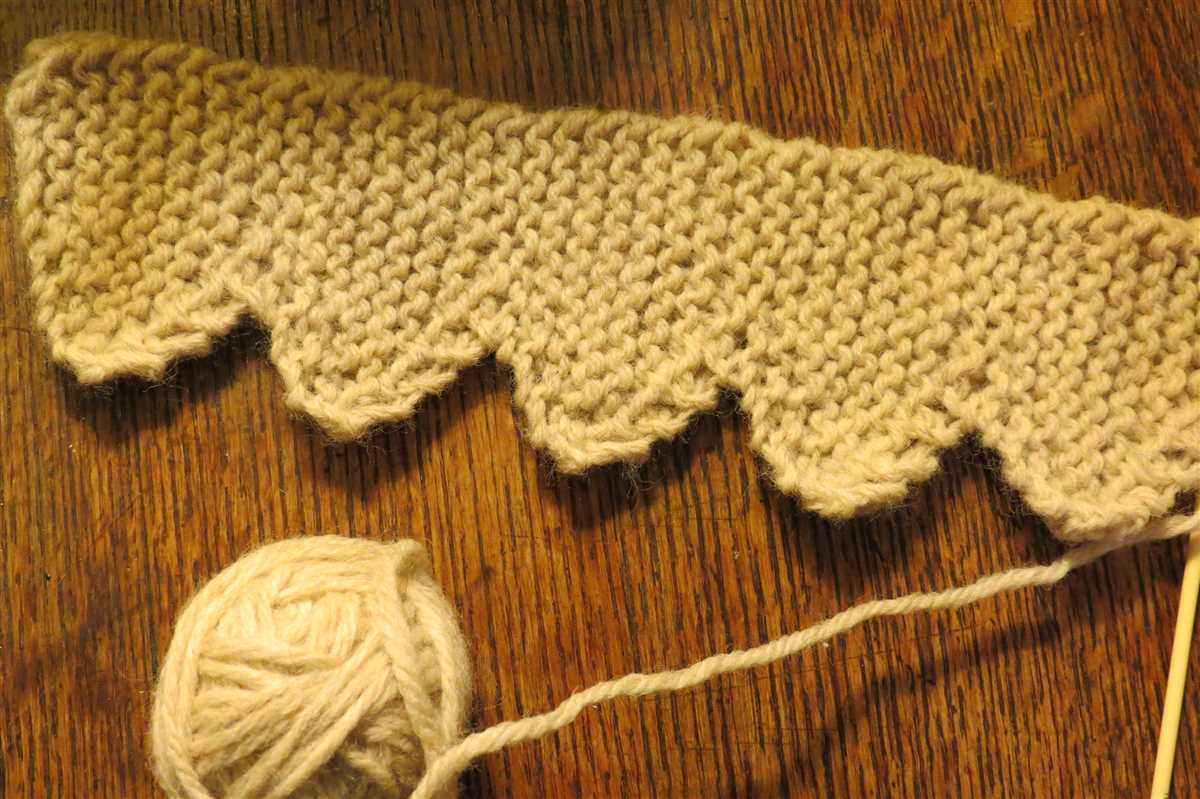
When it comes to knitted lace border patterns, versatility is key. These patterns are not only beautiful, but they can also be used in a variety of ways to enhance your knitting projects.
One way to use these lace border patterns is to add a touch of elegance to your garments. Whether you’re knitting a sweater, a shawl, or a scarf, adding a knitted lace border can instantly elevate the overall look of your project. The intricate and delicate designs of lace patterns can create a stunning contrast against plain stockinette or garter stitch fabric.
Another way to make use of these lace border patterns is to embellish your home decor items. By adding a knitted lace border to pillowcases, blankets, or tablecloths, you can give a touch of sophistication and glamour to your living space. These lace patterns can transform an ordinary item into a statement piece that is sure to catch the eye.
Furthermore, knitted lace border patterns can also be used to create beautiful accessories. From delicate cuffs to stylish headbands, these lace patterns can add a feminine and romantic touch to your accessories. By incorporating lace borders into your accessory projects, you can create unique and eye-catching pieces that showcase your knitting skills.
In conclusion, the versatility of knitted lace border patterns allows you to explore various creative possibilities. Whether you want to enhance your garments, embellish your home decor, or create beautiful accessories, these patterns offer endless opportunities to add elegance and sophistication to your knitting projects.
How to Choose the Right Yarn and Needles for Knitted Lace Borders
When it comes to knitting lace borders, choosing the right yarn and needles is crucial to achieve the desired outcome. The yarn and needles you select can greatly affect the overall look and feel of your project, so it’s important to consider a few key factors before making your decision.
Yarn Weight: The weight of the yarn you choose will determine the drape and structure of your lace border. Lighter weight yarns, such as lace or fingering, are ideal for delicate and intricate lace patterns. On the other hand, heavier weight yarns like sport or DK can create a more substantial and textured look. Consider the level of detail in your lace pattern and the overall aesthetic you want to achieve when selecting the yarn weight.
Yarn Fiber: The fiber content of your yarn can also impact the final outcome of your lace border. Natural fibers like cotton, silk, or bamboo can create a soft and drapey lace, while wool or alpaca can add warmth and structure. Synthetic fibers like acrylic or nylon can provide durability and easy care. Think about the desired characteristics and properties of your lace border when choosing the yarn fiber.
Needle Size: The size of your needles will affect the tension and stitch definition of your lace border. Smaller needles will create tighter stitches and a more intricate look, while larger needles will yield a looser and more open lace. Consider the size of your yarn and the desired effect when selecting needle size. You may need to experiment with different needle sizes to achieve the desired outcome.
Other Considerations: In addition to yarn weight, fiber, and needle size, there are a few other factors to consider when choosing materials for your knitted lace border. Take into account the drape and texture of the yarn, as well as the color and dye pattern if you want to incorporate any special effects. It’s also important to consider your personal knitting style and comfort, as certain fibers or needle materials may be more enjoyable for you to work with.
By taking the time to carefully choose the right yarn and needles for your lace border, you can ensure that your finished project will meet your expectations and reflect your personal style. Experimentation may be necessary to find the perfect combination, but the end result will be well worth the effort. So grab your favorite yarn and needles, and get ready to create beautiful knitted lace borders!
Essential Knitting Techniques for Lace Borders
Creating beautiful knitted lace borders requires some essential knitting techniques. Whether you are a beginner or an experienced knitter, mastering these techniques will help you achieve stunning results. Here are some key techniques to keep in mind when knitting lace borders:
1. Yarnovers
A yarnover (yo) is a simple technique used to create an extra stitch and an eyelet hole in your lace pattern. To create a yarnover, simply bring the working yarn from the back to the front of your work, without knitting or purling a stitch. On the next row, you will work the yarnover as a regular stitch, creating an open hole in your knitting.
2. Decreases
Decreases are essential in lace knitting to shape the border and create decorative motifs. There are various types of decreases, including knit two together (k2tog), slip, slip, knit (ssk), and slip, knit, pass (skp). These decreases are used to decrease the number of stitches and create a more intricate lace pattern.
3. Blocking
Blocking is a crucial step in knitting lace borders to enhance the stitch definition and open up the lace pattern. After finishing your knitted border, wet block by soaking it in lukewarm water and gently squeezing out the excess moisture. Then, pin the border in place on a blocking board or towel, stretching it to the desired shape and size. Allow it to dry completely before removing the pins.
4. Lifelines
Lifelines are a safety net for lace knitting. They are threads or strings of thin yarn that are inserted through a row of stitches, usually every few pattern repeats. Lifelines help to mark a specific point in your knitting, making it easier to fix any mistakes or unravel stitches without losing your progress. By threading the lifeline through your stitches, you can easily rip back to that point and start again without worry.
By mastering these essential knitting techniques, you can create intricate and beautiful lace borders for your projects. Experiment with different stitch patterns and yarns to create unique and personalized designs. With practice and patience, you will soon be able to knit stunning lace borders that add a touch of elegance to your knitted creations.
Yarn Overs
Yarn overs are an essential technique in knitting lace patterns. They create an eyelet or a hole in the fabric, which is a characteristic feature of knitted lace. Yarn overs are also commonly used in other knitting patterns to increase stitches or create decorative elements.
A yarn over is created by simply bringing the yarn to the front of the work (between the needles) and then knitting the next stitch. The result is an extra loop of yarn on the right-hand needle. This loop will become the eyelet or hole in the fabric.
How to make a yarn over:
- Bring the yarn to the front of the work.
- Knit the next stitch as usual, without pulling the yarn tightly.
Yarn overs are often paired with other knitting techniques, such as decreases, in lace patterns to create different stitch patterns and motifs. They can be used to make intricate designs, such as leaves, flowers, or geometric shapes.
It is important to remember that yarn overs do not add or subtract stitches in a pattern. They are considered neutral because they do not use the yarn from the previous or following stitches. This means that when you encounter a yarn over in a pattern, you will need to decrease or knit two stitches together to maintain the stitch count.
Decreases
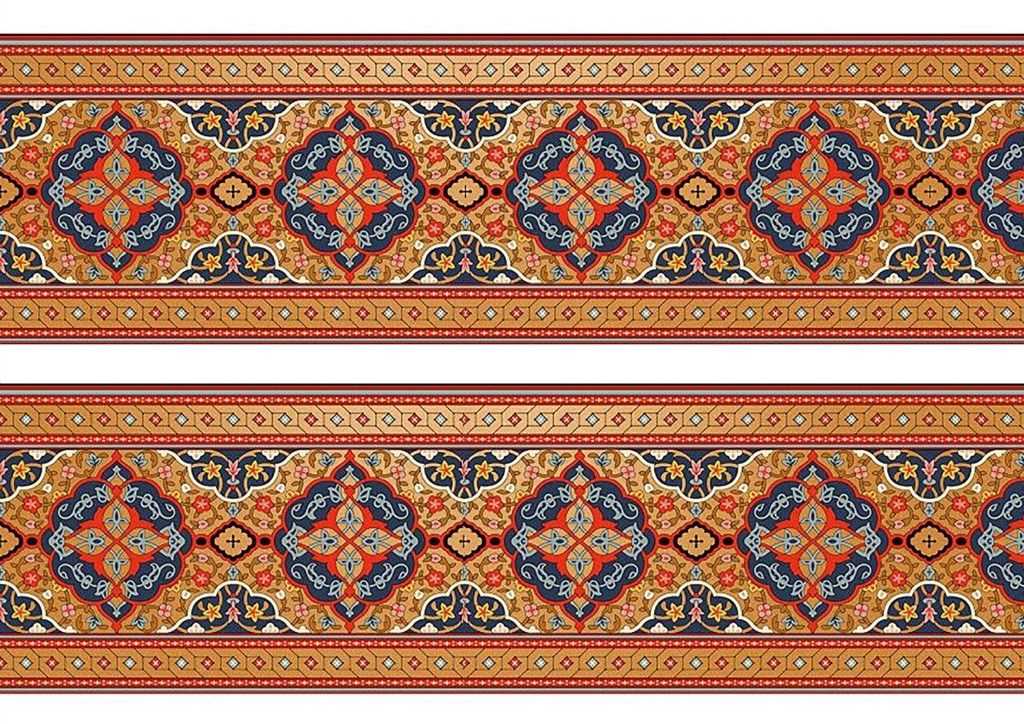
In knitting, decreases are used to reduce the number of stitches in a row or round. They are commonly used in lace knitting to create the intricate patterns and shapes. There are several types of decreases that can be used, each creating a different effect.
K2tog
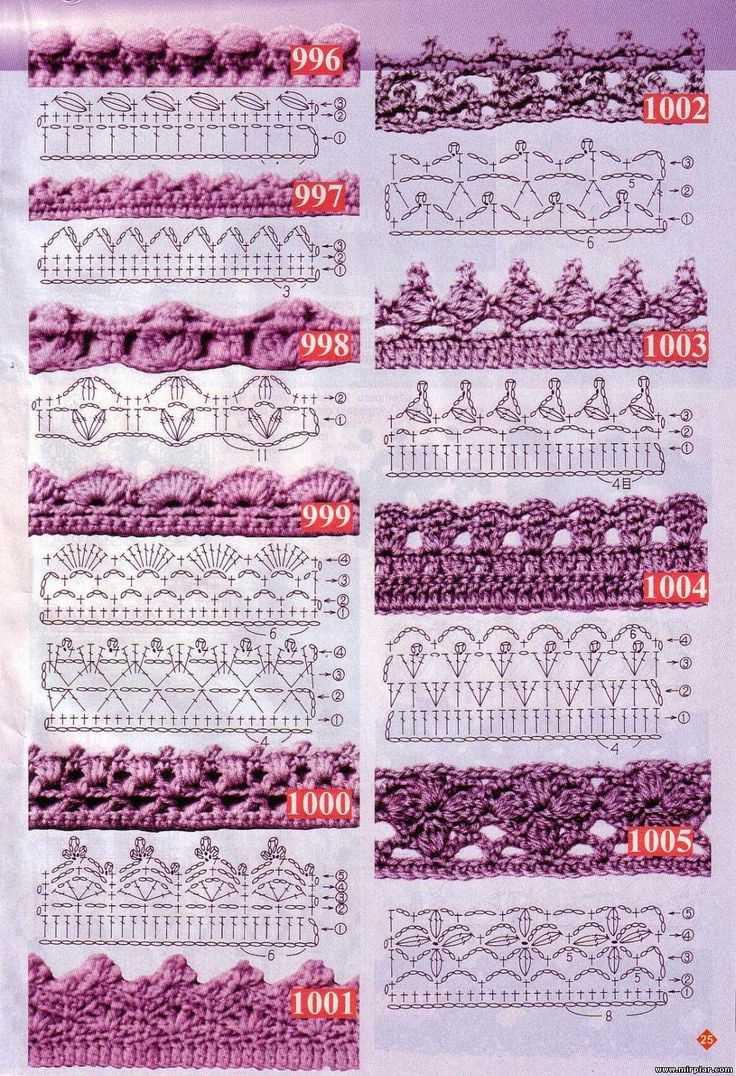
The K2tog decrease is commonly used in lace knitting. It stands for “knit two together” and is worked by inserting the needle into the next two stitches on the left needle as if to knit, and then knitting them together as one stitch. This decrease creates a right-leaning decrease.
SSK
The SSK decrease stands for “slip, slip, knit” and is worked by slipping two stitches individually as if to knit, then inserting the left needle into the front loops of the slipped stitches and knitting them together as one stitch. This decrease creates a left-leaning decrease.
SK2P
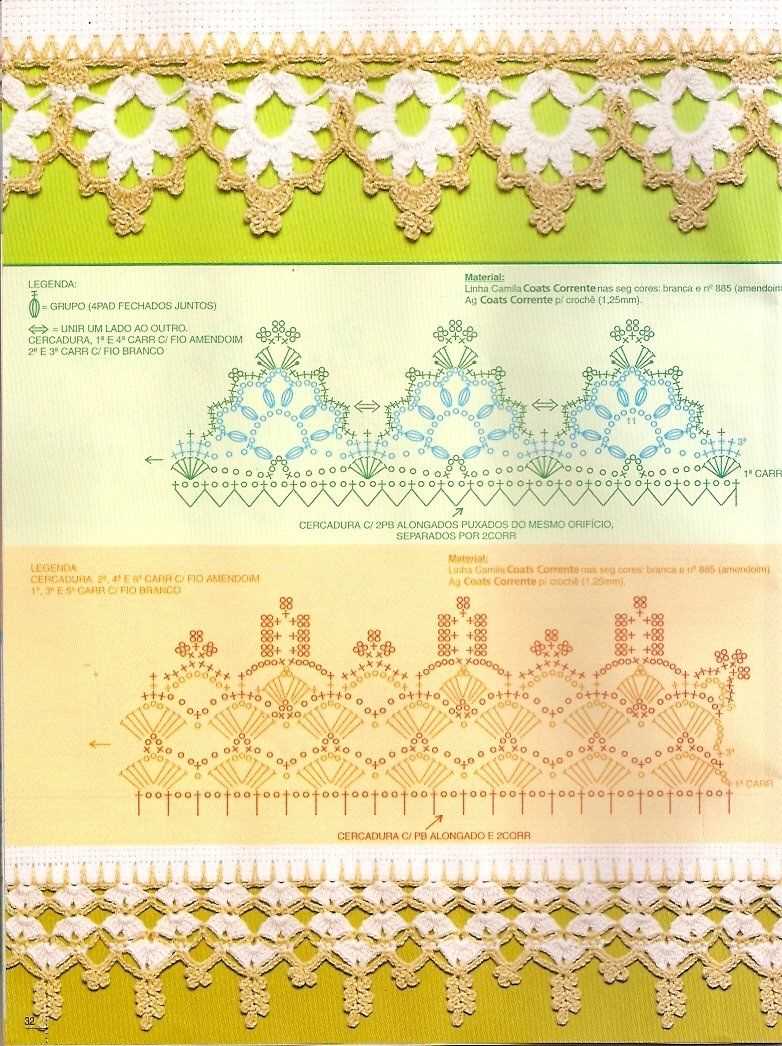
The SK2P decrease stands for “slip, knit, pass” and is worked by slipping one stitch as if to knit, knitting the next stitch, and then passing the slipped stitch over the knit stitch. This decrease creates a centered decrease.
These are just a few examples of the many different decrease techniques that can be used in lace knitting. By combining different decreases and placing them strategically in your pattern, you can create beautiful lace border patterns.
- K2tog – Knit two together
- SSK – Slip, slip, knit
- SK2P – Slip, knit, pass
Experimenting with different decrease techniques can help you achieve the desired shape and texture in your lace knitting projects. Whether you’re creating a delicate border or an intricate lace sweater, understanding and mastering decreases is an essential skill for any knitter.
Slip Stitch Techniques
Slip stitch techniques are commonly used in knitting lace borders to create decorative and intricate patterns. By slipping stitches instead of knitting or purling them, you can easily add texture and visual interest to your knitted fabric.
One slip stitch technique that is often used in lace borders is the “slip, yarn over, pass slipped stitch over” (SYOPSO) method. This technique involves slipping a stitch from the left needle to the right needle without knitting or purling it, then bringing the yarn to the front or back of the work and wrapping it around the needle. The slipped stitch is then passed over the yarn over, creating a decorative eyelet.
Another slip stitch technique commonly used in lace borders is the “slip, knit, pass slipped stitch over” (SKPS) method. This technique is similar to the SYOPSO method, but instead of yarn overs, you knit the slipped stitch before passing it over the knitted stitch. This creates a twisted stitch effect that adds a unique texture to the lace border.
Slip stitch techniques can also be combined with other knitting techniques, such as increases and decreases, to create more complex lace patterns. By varying the placement of slip stitches and using different combinations of stitches, you can create beautifully intricate lace borders for your knitted projects.
Benefits of Slip Stitch Techniques in Knitted Lace Borders
- Slip stitch techniques add texture and visual interest to lace borders.
- They create decorative eyelets and twisted stitch effects.
- Slip stitch techniques can be combined with other knitting techniques to create complex lace patterns.
- They are relatively simple to learn and execute.
- Slip stitch techniques allow for customization and creativity in knitted lace designs.
Beginners’ Guide to Knitting Lace Borders
Knitting lace borders can add a beautiful touch to any project, whether it’s a scarf, shawl, or blanket. While lace knitting may seem intimidating, even beginners can learn to create stunning lace borders with a few basic techniques. Follow this guide to get started on your journey to knitting lace borders.
Choose the Right Pattern
When starting out, it’s important to choose a lace border pattern that is suitable for beginners. Look for patterns that have clear instructions and include simple stitches and techniques. Some popular lace border patterns for beginners include the classic feather and fan stitch, simple eyelet lace, and garter stitch lace.
Gather the Necessary Supplies
Before you start knitting your lace border, make sure you have all the necessary supplies. You will need a pair of knitting needles, suitable yarn, stitch markers, and a tapestry needle for weaving in ends. It’s important to choose a yarn that is appropriate for lace knitting, such as a light fingering or lace weight yarn, as it will give your border a delicate and airy look.
Practice the Basic Stitches
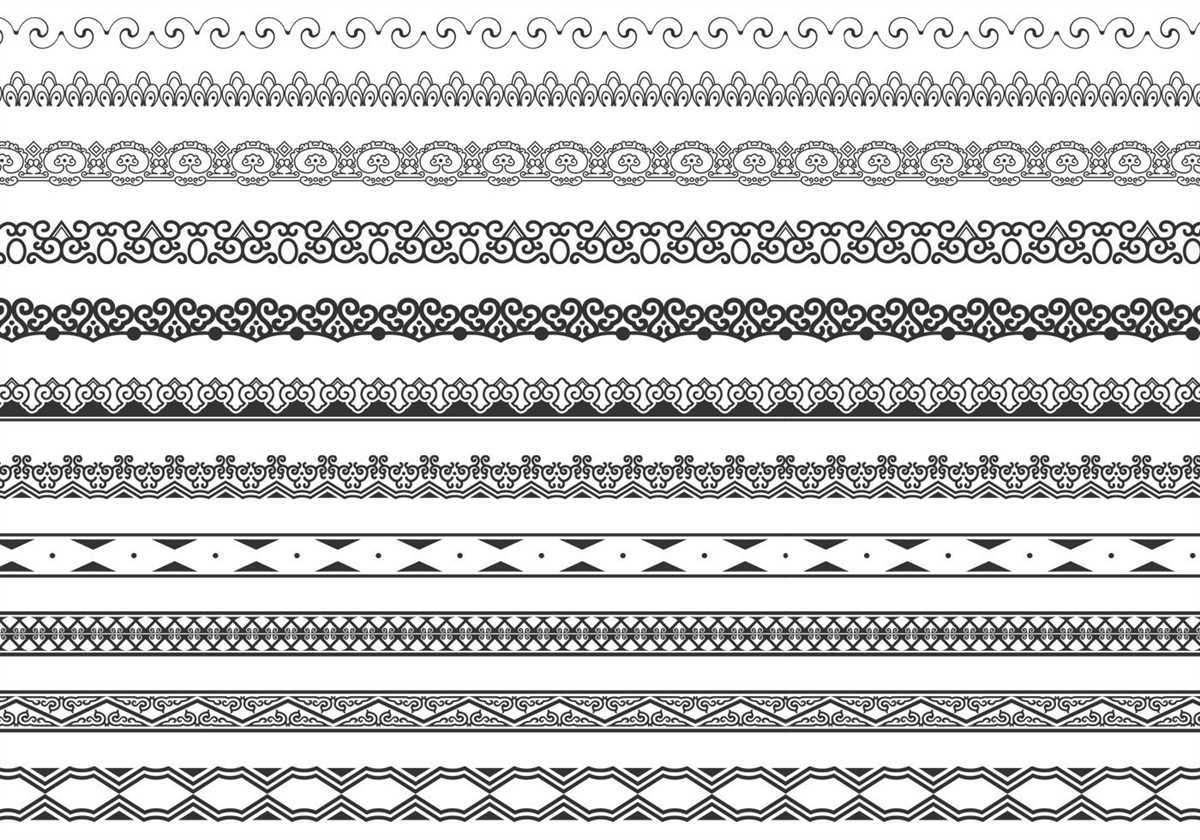
Before diving into knitting your lace border, it’s helpful to practice the basic stitches that are commonly used in lace knitting. These include yarn overs (YO), knit two together (K2tog), and slip slip knit (SSK). There are many tutorials and videos available online that can guide you through these stitches, so don’t hesitate to seek assistance if needed.
Take It Slow and Be Patient
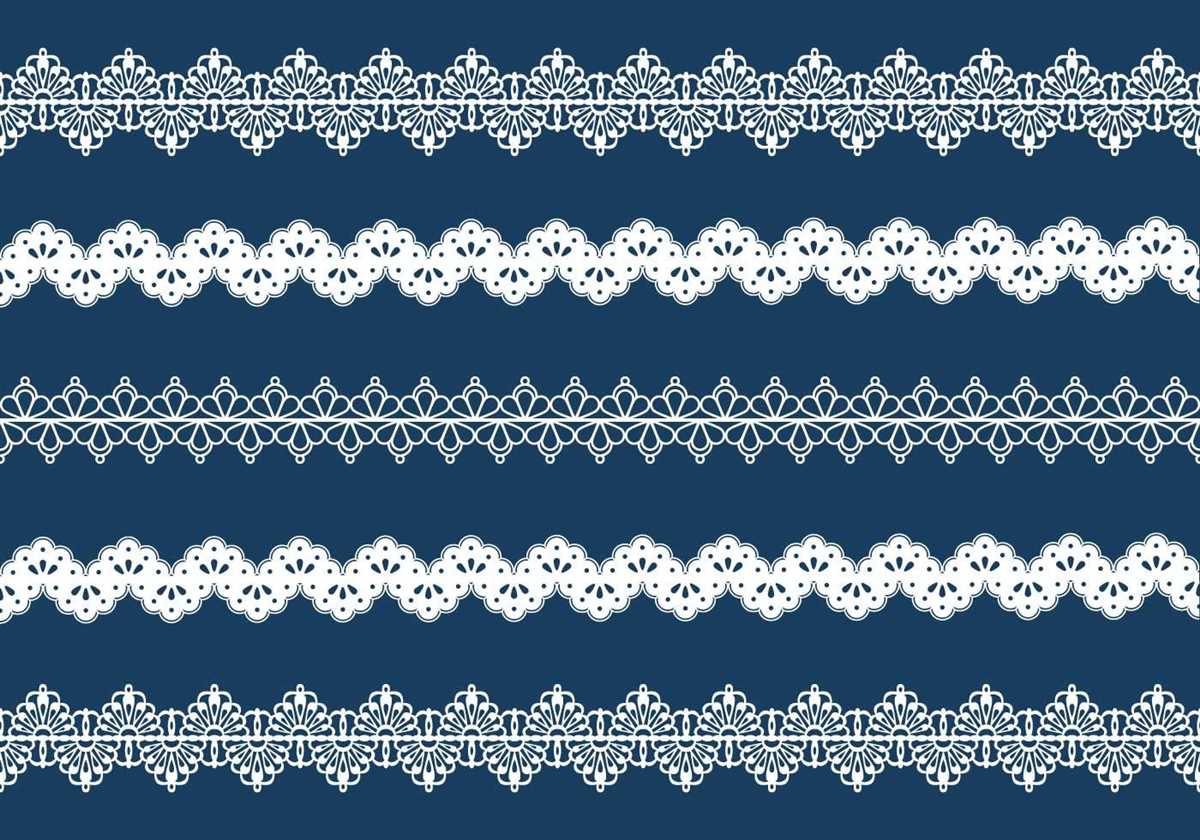
Knitting lace can be a bit more challenging than other knitting techniques, so it’s important to take your time and be patient with yourself. Remember, practice makes perfect, and with each project, you will become more comfortable and skilled at knitting lace borders. Don’t be discouraged if your first attempts don’t turn out perfectly – each mistake is an opportunity to learn and improve.
Block Your Finished Border
Once you have completed your lace border, it’s important to block it to give it a professional and polished look. Blocking helps to even out the stitches and open up the lace pattern. There are several methods for blocking, including wet blocking, steam blocking, and spray blocking. Choose the method that works best for you and carefully follow the instructions to ensure your lace border looks its best.
With the right pattern, supplies, and a little practice, beginners can successfully knit beautiful lace borders. So, grab your needles, choose a pattern, and start knitting your own stunning lace borders today!
Intermediate Knitted Lace Border Patterns
Knitting lace borders can be a beautiful and challenging project for intermediate knitters. These patterns require some experience and skill in working with lace stitches, but they can create stunning decorative edges for your knitting projects. Whether you want to add an intricate border to a shawl, scarf, or blanket, these intermediate lace border patterns will elevate your knitting to the next level.
If you’re ready to take your lace knitting skills up a notch, try the Feather and Fan Border pattern. This classic lace stitch pattern creates gentle waves and delicate openwork, making it perfect for adding a feminine touch to your knitted garments. With its repeating pattern of knit, purl, yarn over, and decrease stitches, this border pattern is a great way to practice lace techniques.
Feather and Fan Border Pattern:
- Cast on a multiple of 18 stitches, plus 2 additional stitches.
- Row 1: Knit all stitches.
- Row 2: Knit 1, *knit 2 together 3 times, (yo, knit 1) 6 times, knit 2 together 3 times; repeat from * to last stitch, knit 1.
- Repeat rows 1 and 2 for desired length.
If you’re looking for a more geometric lace pattern, try the Diagonal Eyelet Border. This pattern features a combination of eyelets and twisted stitches that create a diagonal design. It’s a great choice for adding a modern and sophisticated touch to your knitting projects. The pattern is worked over a multiple of 6 stitches, making it easy to adapt to different sizes.
Diagonal Eyelet Border Pattern:
- Cast on a multiple of 6 stitches.
- Row 1: Knit all stitches.
- Row 2: Knit 2, *slip 1 knitwise, knit 2 together, pass slipped stitch over, yarn over, knit 2; repeat from * to last 2 stitches, knit 2.
- Repeat rows 1 and 2 for desired length.
These intermediate knitted lace border patterns are just the beginning of what you can create with lace stitches. As you become more comfortable with lace knitting, you can experiment with different stitch patterns, motifs, and combinations to add your own personal touch to your projects. So grab your knitting needles, some lace-weight yarn, and get ready to create beautiful and intricate borders that will take your knitting to the next level.
Advanced Knitted Lace Border Patterns
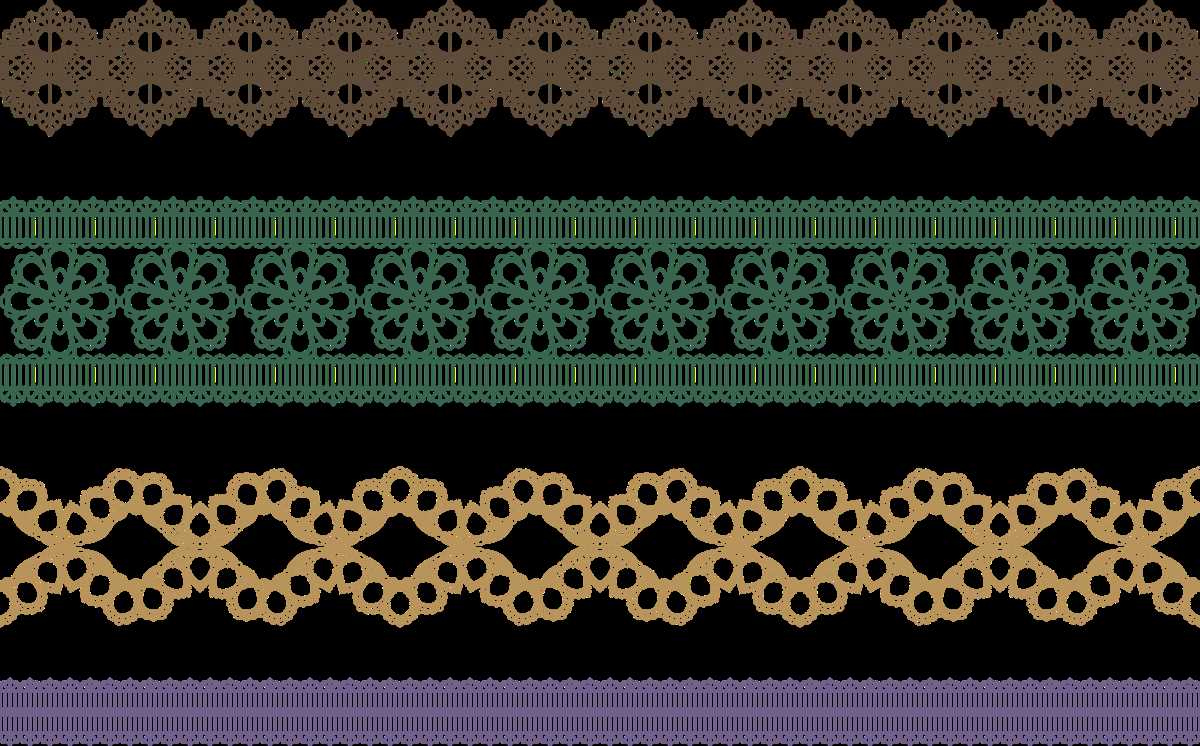
In the world of knitting, lace patterns can be both challenging and rewarding for experienced knitters. Advanced knitters are always on the lookout for intricate lace patterns that can add elegance and sophistication to their projects. Here, we present a selection of advanced knitted lace border patterns that will take your knitting game to the next level.
1. Diamond and Leaf Lace Border
This delicate lace border features a combination of diamond and leaf motifs, creating a timeless design that can elevate any knitted piece. With its intricate stitches and intricate lace pattern, this border is perfect for adding a touch of elegance to shawls, scarves, and blankets.
2. Feather and Fan Lace Border
The feather and fan lace pattern is a classic that never goes out of style. This advanced lace border pattern incorporates waves of delicate feathers and fans, creating a stunning visual effect. Perfect for edging garments or adding a decorative touch to home decor items, this lace border is sure to impress.
3. Cable and Lace Border
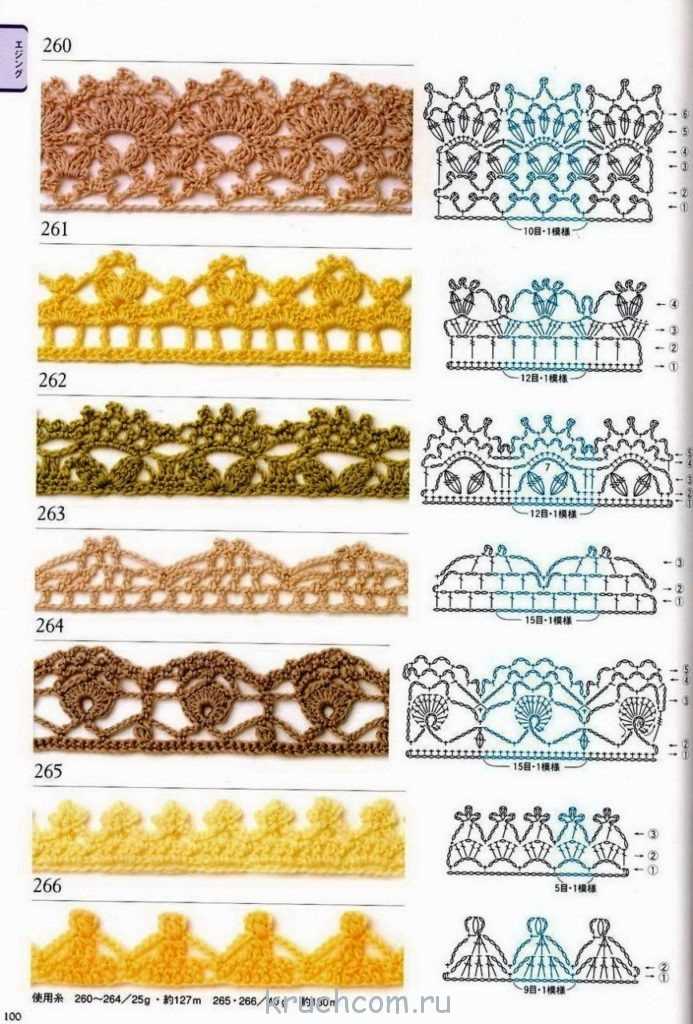
If you’re looking for a lace border pattern that combines cables and lace, this pattern is for you. The intricate twists and turns of the cables are beautifully complemented by the delicate lace motifs, resulting in a unique and eye-catching design. This border is ideal for projects such as blankets, cardigans, and even socks.
4. Floral Lace Border
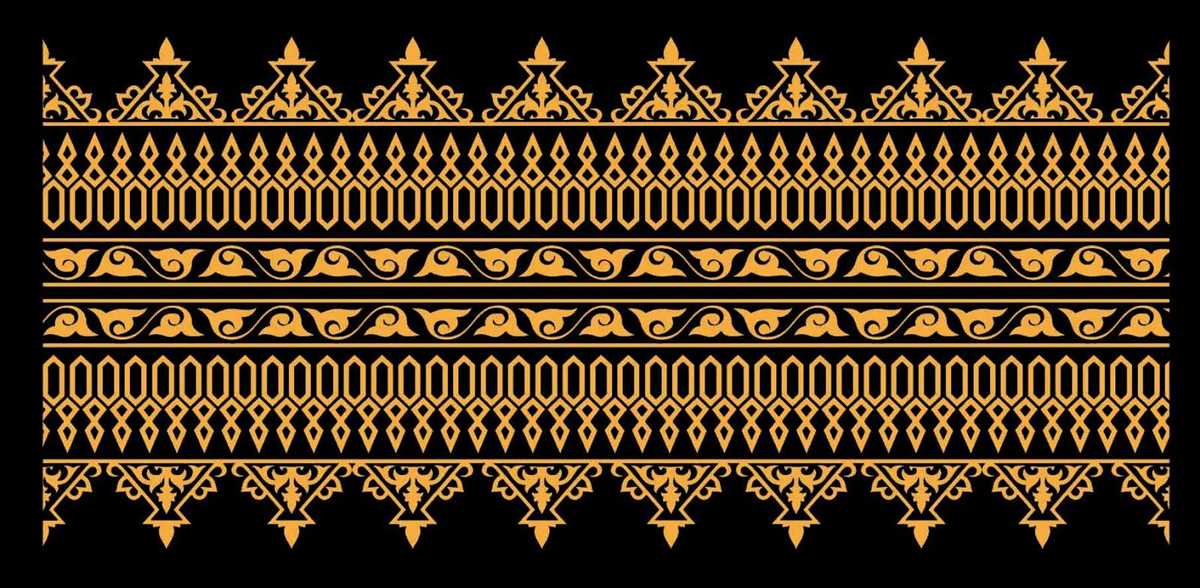
Add a touch of nature to your knitting projects with this floral lace border pattern. Featuring intricate flower and leaf motifs, this border is perfect for adding a feminine and romantic touch to garments, accessories, and home decor items. The detailed stitches will challenge even the most experienced knitters, but the final result is well worth the effort.
These advanced knitted lace border patterns offer a challenge for experienced knitters who are looking to push their skills to the next level. Whether you choose a pattern that incorporates diamonds and leaves, feathers and fans, cables and lace, or floral motifs, these lace borders will add an extra touch of elegance and sophistication to your knitting projects.
Tips and Tricks for Knitting Lace Borders
Knitting lace borders can be a beautiful way to add delicate detail to your projects. However, it can also be challenging for beginners or those who are new to lace knitting. Here are some tips and tricks to help you successfully create stunning knitted lace borders.
Choose the Right Yarn
When knitting lace borders, it’s important to choose a yarn that is lightweight and has good stitch definition. Lace patterns often have intricate designs, and a yarn with too much fuzz or halo can make it difficult to see the details. Opt for a smooth, plied yarn in a thinner gauge for the best results. Silk, bamboo, and certain types of merino wool are popular choices for lace knitting.
Use Lifelines
Lace knitting can be unforgiving when it comes to mistakes. To make it easier to fix any errors, it’s a good idea to insert lifelines as you go. Lifelines are thin pieces of scrap yarn that are threaded through the stitches on a specific row. If you make a mistake or need to rip back, the lifeline will hold the correct row of stitches, making it easier to pick up and continue knitting.
Practice Stitch Counting
Lace patterns often involve increases and decreases, and it’s crucial to keep track of your stitch count. Missing or adding a stitch can throw off the symmetry of the design. To avoid this, use stitch markers to indicate key points in the pattern, such as the center stitch or the beginning of a repeat. Regularly count your stitches to ensure that you’re on track and make adjustments as necessary.
Block Your Finished Work
Once you’ve completed your knitted lace border, it’s important to block it to bring out the beauty of the lace pattern. Blocking involves wetting the finished piece and shaping it to the desired measurements. This helps to even out the stitches, open up the lace, and give the border a polished and professional look. Follow the washing and blocking instructions for your chosen yarn to achieve the best results.
Experiment with Color
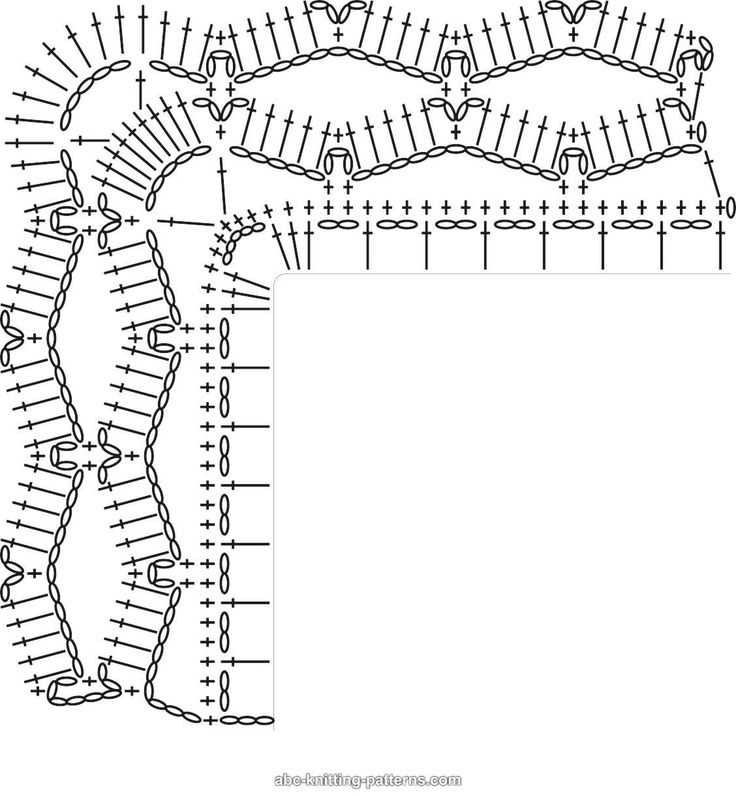
While most lace borders are traditionally knitted in a single color, don’t be afraid to experiment with different color combinations. Adding a contrasting color to your lace border can create a stunning visual effect and make your project stand out. Consider using a variegated yarn or knitting the border in a different color from the main body of your project for a unique and eye-catching design.
By following these tips and tricks, you’ll be well on your way to knitting beautiful and intricate lace borders. Remember to be patient with yourself and enjoy the process. With practice, you’ll master the art of lace knitting and be able to create stunning borders for all your knitting projects.
Blocking Techniques
Blocking is an essential step in the process of finishing any knitted lace border. It involves gently stretching and shaping the completed border to give it a polished and professional look. By blocking the lace, you can even out any inconsistencies and open up the lace pattern, allowing it to reveal its full beauty.
There are several blocking techniques that you can use for your knitted lace border patterns. Here are some popular options:
- Wet Blocking: This is the most common blocking method for lace. You soak the knitted border in lukewarm water with a small amount of mild detergent, then gently squeeze out the excess water. Next, lay the border on a clean towel and shape it to the desired dimensions. Pin the border in place using rustproof blocking pins, then let it dry completely. Wet blocking is ideal for lace patterns that require significant stretching.
- Steam Blocking: This technique involves using steam to shape the knitted border. Hold a steam iron about 2 inches above the lace, and let the steam penetrate the fabric. Gently stretch and shape the border using your hands while the steam is applied. Be careful not to touch the iron to the lace directly, as it can melt or distort the fibers. Steam blocking is suitable for lace borders that require less stretching.
- Spray Blocking: In this method, you mist the lace border with water using a spray bottle. Gently shape the border on a blocking board or towel, pinning it in place as needed. Allow the border to dry completely before unpinning. Spray blocking is a quick and convenient option for small lace borders.
In conclusion, blocking is an essential step in achieving a professional finish for your knitted lace borders. Whether you choose wet blocking, steam blocking, or spray blocking, taking the time to block your lace will enhance the beauty and drape of the finished piece. Experiment with different blocking techniques to find the method that works best for your lace border patterns. Happy knitting!